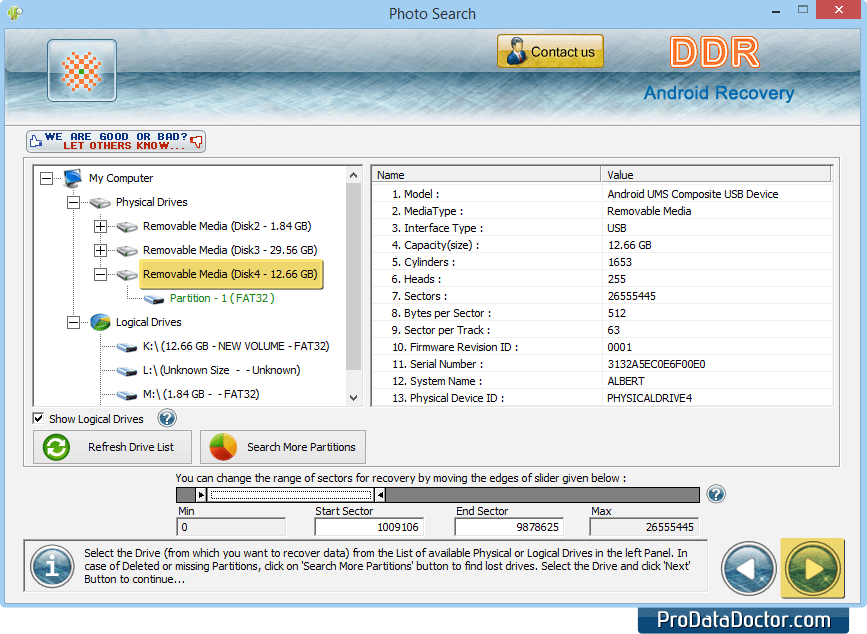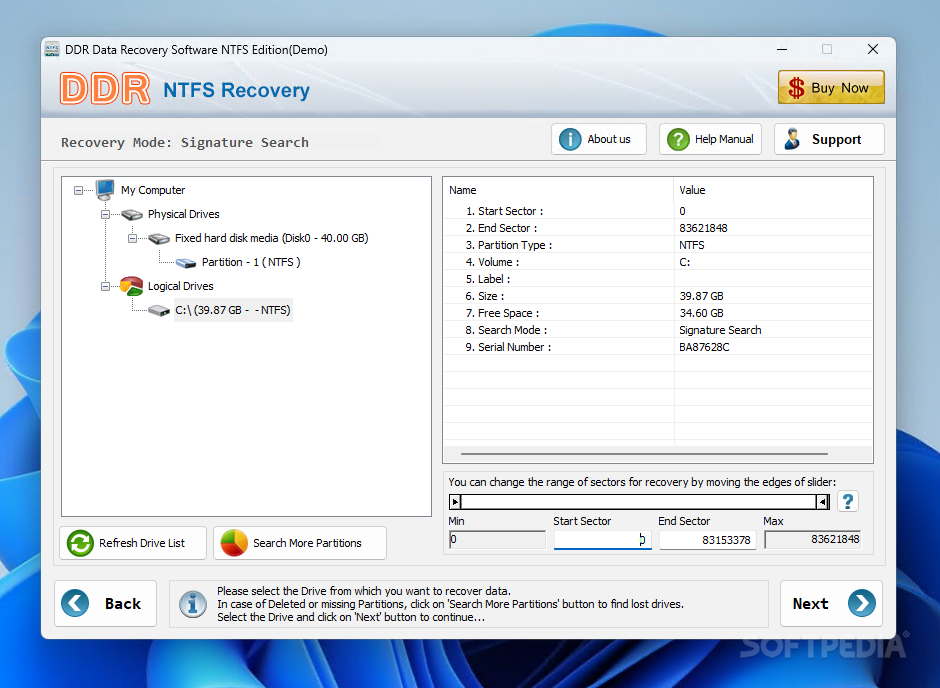


The transfer rate of DDR3 is 800~1600 MT/s. DDR2 533 and DDR2 800 memory types are on the market.ĭDR3 SDRAM(Double Data Rate Three SDRAM):ĭDR3 memory reduces 40% power consumption compared to current DDR2 modules, allowing for lower operating currents and voltages (1.5 V, compared to DDR2's 1.8 V or DDR's 2.5 V). DDR2 memory is at the same internal clock speed (133~200MHz) as DDR, but the transfer rate of DDR2 can reach 533~800 MT/s with the improved I/O bus signal.

The prefetch buffer of DDR2 is 4 bit(double of DDR SDRAM). Its primary benefit is the ability to operate the external data bus twice as fast as DDR SDRAM. The transfer rate of DDR is between 266~400 MT/s. DDR SDRAM, as the first generation of DDR memory, the prefetch buffer is 2bit, which is the double of SDR SDRAM. The transfer rate of DDR SDRAM is the double of SDR SDRAM without changing the internal clock. Effectively, it doubles the transfer rate without increasing the frequency of the clock. The next generation of SDRAM is DDR, which achieves greater bandwidth than the preceding single data rate SDRAM by transferring data on the rising and falling edges of the clock signal (double pumped). SDRAM have to wait for the completion of the previous command to be able to do another read/write operation. Single Data Rate means that SDR SDRAM can only read/write one time in a clock cycle. For example, the I/O, internal clock and bus clock of PC133 are all 133 Mhz. SDRAM can stand for SDR SDRAM (Single Data Rate SDRAM), where the I/O, internal clock and bus clock are the same. For example, PC66 SDRAM runs at 66 MT/s, PC100 SDRAM runs at 100 MT/s, PC133 SDRAM runs at 133 MT/s, and so on. This enables the memory controller to know the exact clock cycle when the requested data will be ready, so the CPU no longer has to wait between memory accesses. Unlike previous technologies, SDRAM is designed to synchronize itself with the timing of the CPU. In late 1996, SDRAM began to appear in systems. "Synchronous" tells about the behaviour of the DRAM type. SDRAM (Synchronous Dynamic Random Access Memory):


 0 kommentar(er)
0 kommentar(er)
